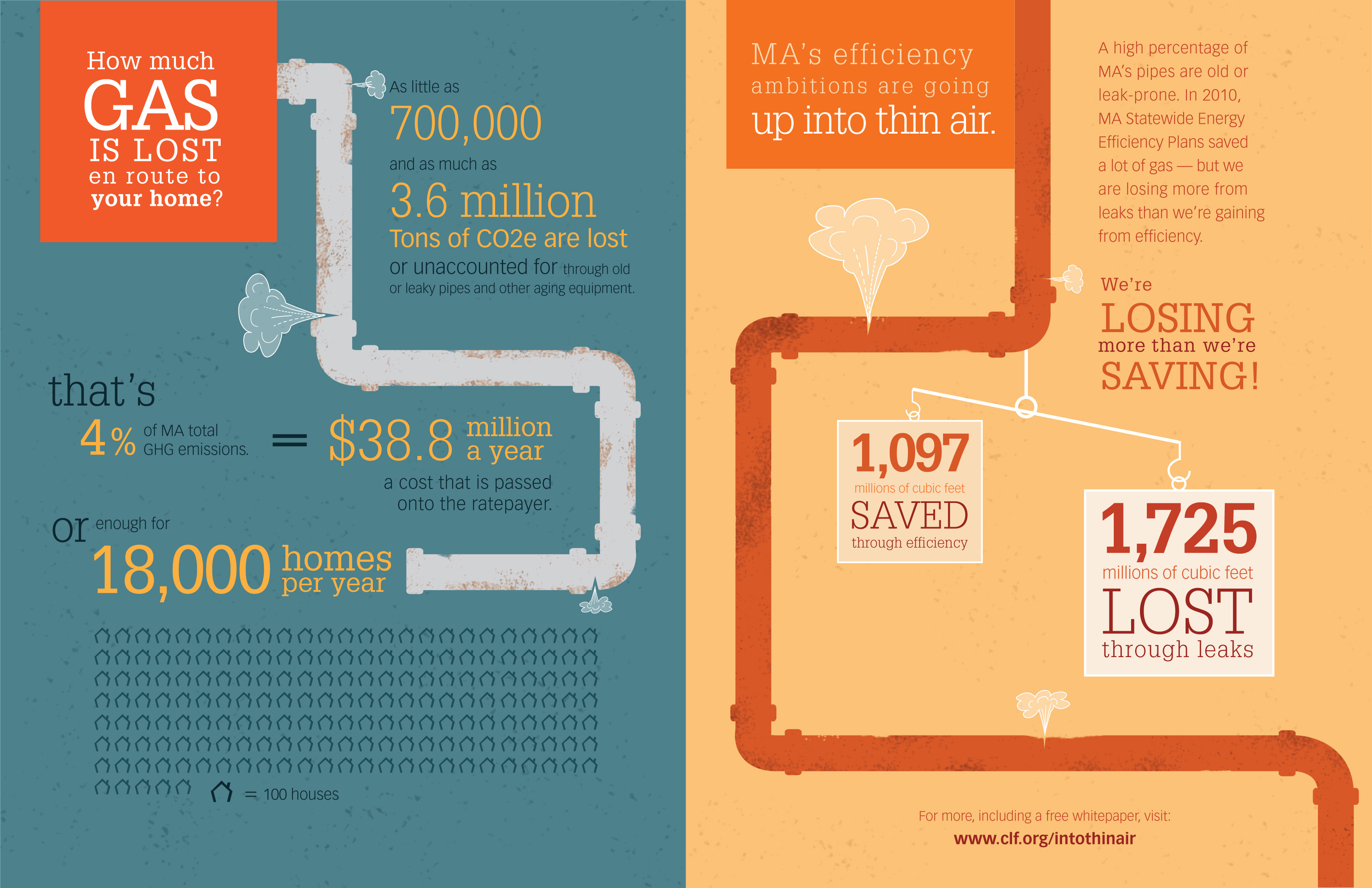Contrast Of Solar Power And Standard Energy Sources: A Thorough Analysis
Contrast Of Solar Power And Standard Energy Sources: A Thorough Analysis
Blog Article
Developed By-Cain Creech
When analyzing the practicality of solar power versus standard energy sources, you may find yourself contemplating the lasting sustainability and effect on your funds. The detailed balance in between first prices, recurring costs, and environmental effects increases crucial questions about the future of power generation. As you navigate via the intricacies of this contrast, a much deeper understanding of the nuances in cost-effectiveness, ecological stewardship, and energy safety and security waits for exploration.
Cost-Effectiveness Contrast
When contrasting the cost-effectiveness of solar power with standard energy sources, it becomes apparent that preliminary investment differences play a critical role in establishing long-lasting savings.
While linked internet site require a greater ahead of time investment for installation and tools, they provide substantial long-term benefits that can outweigh the initial expenses. The vital lies in comprehending that solar power systems have minimal continuous functional and maintenance expenses contrasted to typical power resources like nonrenewable fuel sources.
By buying solar energy, you can potentially reduce energy bills over the system's life-span. Additionally, with advancements in innovation and reducing installation expenses, solar power has become much more accessible and cost effective for home owners and companies alike. These cost savings can collect in time, providing a roi that exceeds standard energy sources.
Furthermore, solar power systems use the benefit of energy independence and stability versus rising and fall energy rates. By harnessing the power of the sunlight, you contribute to a cleaner setting and decrease your carbon footprint. Welcoming solar power not just advantages your purse but also the planet in the future.
Environmental Impact Analysis
Solar power offers an encouraging option to conventional power sources due to its dramatically lower ecological effect. Unlike fossil fuels that send out unsafe greenhouse gases and contribute to air contamination, solar power creates electrical energy without producing any type of emissions.
The procedure of taking advantage of solar power entails capturing sunshine with solar panels, which does not release any type of toxins right into the environment. This absence of discharges helps reduce the carbon footprint related to energy production, making solar energy a cleaner and extra sustainable option.
Additionally, the use of solar energy adds to conservation initiatives by reducing the need for limited resources like coal, oil, and gas. By relying on the sun's bountiful and renewable energy source, we can aid maintain natural habitats, protect communities, and mitigate the negative influences of source removal.
Integrity and Energy Landscape Analysis
For an extensive analysis of integrity and the power landscape, it's important to examine just how solar power compares to typical resources. Solar power is pushing on as a dependable and lasting energy resource. While https://louisiqvaf.webbuzzfeed.com/30775806/significant-advantages-of-setting-up-solar-panels-why-you-ought-to-think-of-switching like coal, oil, and gas have actually been historically dominant, they're limited and add to environmental destruction.
Solar energy, on the other hand, is abundant and eco-friendly, making it an extra lasting option in the long run.
In terms of dependability, solar power can be depending on weather and sunshine schedule. However, advancements in modern technology have actually caused the development of energy storage space solutions like batteries, boosting the integrity of solar power systems. Standard sources, on the contrary, are susceptible to price fluctuations, geopolitical tensions, and supply chain disruptions, making them much less reputable in the long term.
When evaluating the energy landscape, solar energy uses decentralized energy production, lowering transmission losses and increasing power protection. Traditional resources, with their central power plants, are a lot more at risk to disruptions and require extensive infrastructure for distribution.
Conclusion
In conclusion, when contrasting solar energy to traditional power resources, it is clear that solar power supplies an economical, environmentally friendly, and reputable alternative. With marginal operational expenses, prospective financial savings on energy bills, and a significantly reduced environmental influence, solar energy is becoming an extra lasting and safe choice. Embracing solar power can help in reducing greenhouse gas discharges and contribute to preservation efforts, making it an engaging selection for the future.
